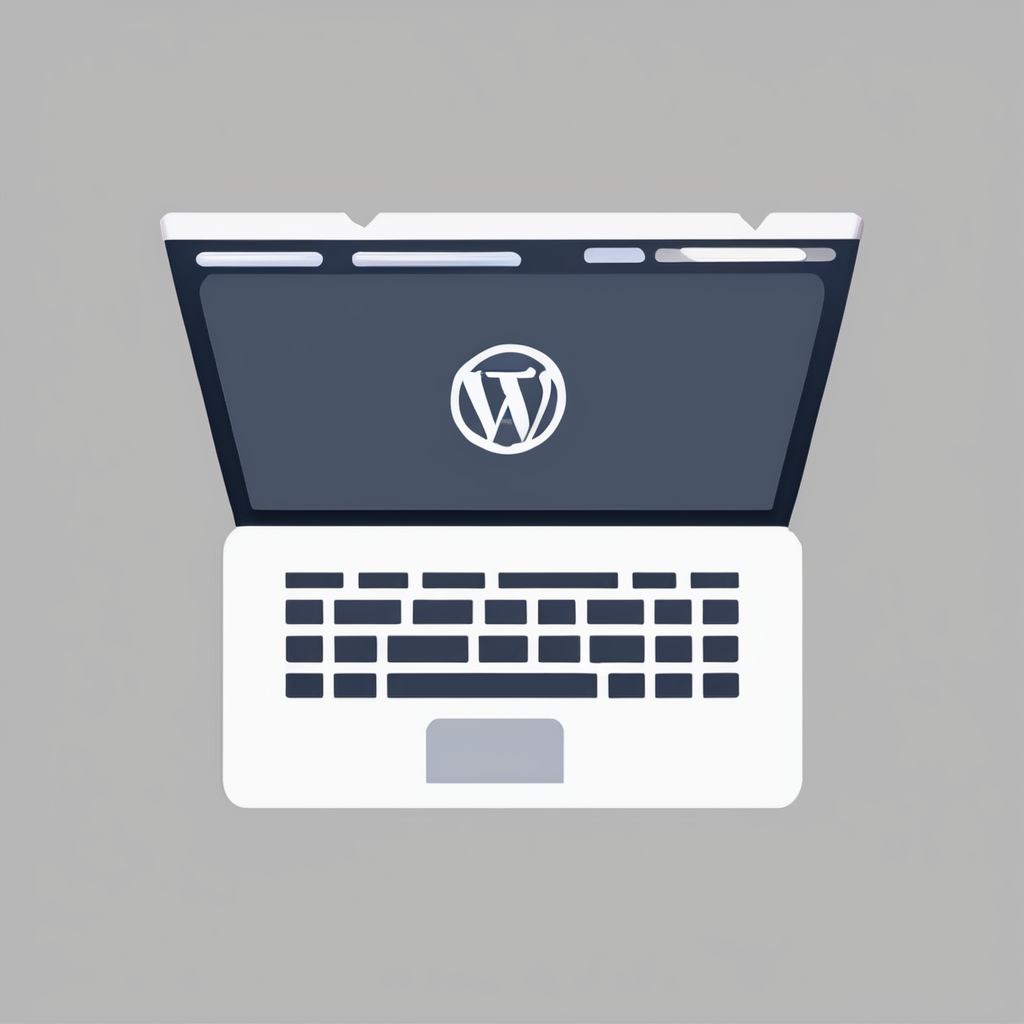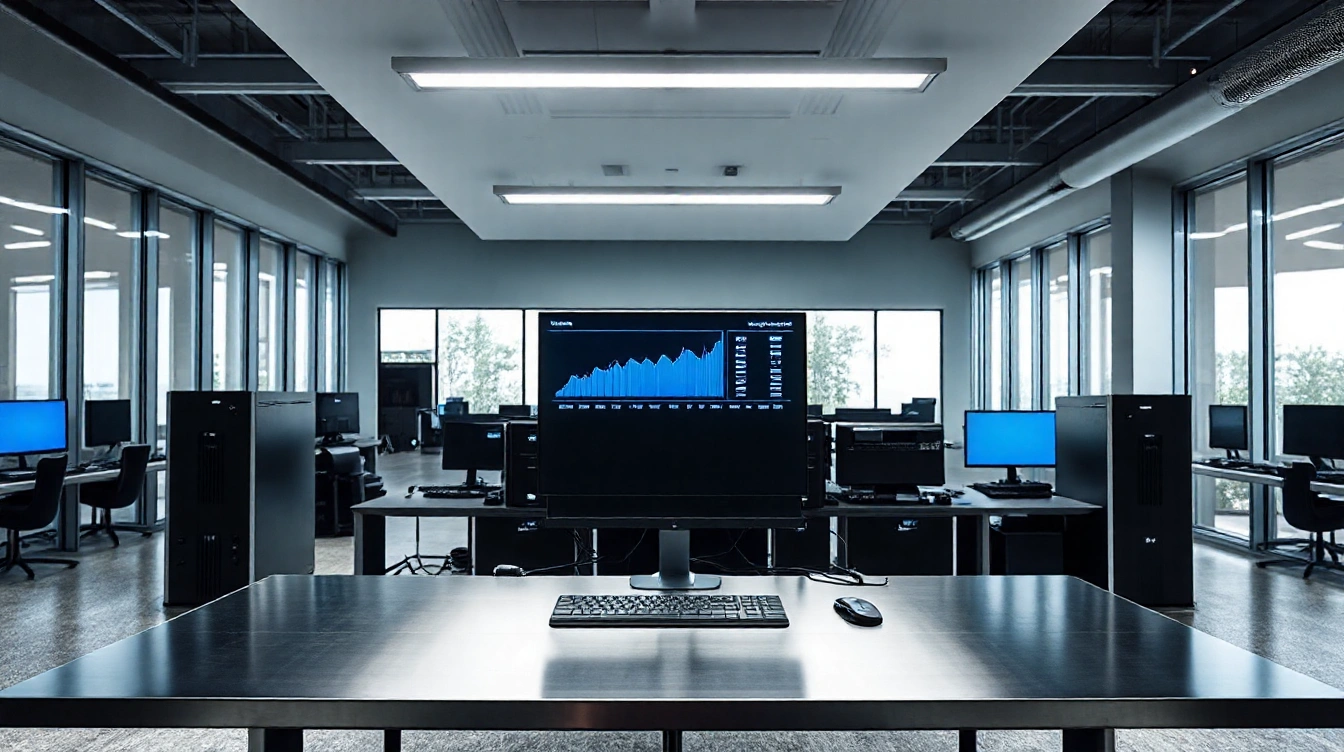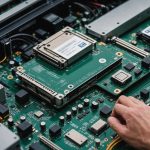Immediate Impact of Computing Hardware on Business Operations
Understanding how hardware influences efficiency
Computing hardware directly affects business efficiency by determining how quickly and reliably daily tasks are performed. When hardware components are well-matched and up to date, operational performance improves through faster data processing, reduced downtime, and seamless multitasking capabilities. Conversely, outdated or incompatible hardware often causes common bottlenecks such as slow application response times, network delays, and frequent system crashes.
Have you seen this : How does UK computing hardware ensure data security?
For example, using older processors or insufficient memory can restrict the speed at which software operates, leading to longer wait times for employees and diminished productivity. Storage solutions also play a crucial role: traditional hard drives may slow data retrieval, whereas solid-state drives enhance speed and reliability. Furthermore, mismatched hardware, such as incompatible peripherals or outdated network cards, can interrupt workflow and increase maintenance costs.
Choosing the right computing hardware ensures smoother operations, enabling businesses to handle more complex tasks efficiently. Prioritizing hardware that aligns with current software requirements helps avoid performance lags, guaranteeing steady business efficiency and higher operational performance overall.
In parallel : How do advancements in UK computing hardware enhance cybersecurity measures?
Comparing Hardware Options: Desktops, Laptops, Servers, and More
When evaluating desktops vs laptops, businesses must consider performance and suitability. Desktops generally offer superior power and expandability, making them ideal for intensive tasks like graphic design or data analysis. Laptops, in contrast, provide portability and flexibility, suiting mobile professionals or remote work setups without compromising essential performance. Servers, a distinct hardware type for business, are purpose-built to manage network resources, data storage, and application hosting efficiently.
Scalability and adaptability also differ across these hardware types. Servers excel in scalability, supporting growing data demands through modular expansion and high reliability. Desktops can be upgraded with additional RAM or storage but have physical limits, while laptops have more constrained upgrade paths, affecting long-term adaptability.
Understanding these differences enables businesses to align hardware choices with operational needs: opt for desktops when performance and customization are priorities, laptops for mobility and convenience, and servers for robust resource management. This approach ensures investments in hardware types for business are both practical and forward-thinking.
Cost vs. Performance: Making the Right Investment
Balancing hardware cost-benefit analysis with business needs is crucial for smart business IT investment. Many organizations underestimate the importance of evaluating the total cost of ownership (TCO). TCO includes not only initial purchase price but also maintenance, support, and opportunity costs related to potential downtime or inefficiencies.
Assessing productivity gains against hardware expenses helps reveal if an investment delivers real value. For example, a high-end server may cost more upfront but supports faster processing, reducing employee wait times and boosting overall output. When conducting a hardware cost-benefit analysis, be sure to quantify such productivity improvements.
Another essential consideration is the upgrade cycle. Frequent hardware refreshes can increase costs but also prevent obsolescence, ensuring consistent performance. Conversely, longer cycles may reduce immediate expenses but lead to performance bottlenecks or security risks, hurting business IT investment returns over time.
In summary, making an informed decision requires weighing upfront hardware cost-benefit analysis against expected long-term performance gains. Prioritizing total cost of ownership and upgrade strategy helps align technology spending with strategic business objectives.
Real-World Examples: Hardware Choices in Action
Examining practical outcomes and lessons learned
When businesses invest in a hardware upgrade, the benefits to productivity and efficiency can be substantial. Case studies often reveal that upgrading to faster processors, more RAM, or solid-state drives results in quicker data processing and reduced downtime. For example, a mid-sized company that replaced outdated desktops with modern hardware saw a 30% increase in task completion speed and a notable drop in support tickets related to sluggish performance.
However, poor hardware decisions can have the opposite effect. Several case studies highlight scenarios where insufficient compatibility checks or underpowered components led to frequent system crashes and data loss. Such drawbacks frequently result in lost hours and decreased morale, negating any planned efficiency gains. For instance, a firm that opted for budget hardware without adequate testing experienced persistent interruptions, leading to a decline in overall business productivity.
These examples underscore the importance of carefully evaluating hardware needs alongside potential gains. Businesses should look beyond initial costs and consider long-term impacts on workflow. Thoughtful hardware upgrades, backed by evidence from related case studies, are more likely to foster sustainable productivity improvements and avoid common pitfalls.
Actionable Strategies for Choosing Business Computing Hardware
Insight into hardware selection tips and optimizing IT infrastructure
To effectively select business computing hardware, start by assessing current and future hardware needs. This involves evaluating the existing devices’ performance and compatibility with software crucial to your operations. Consider anticipated business growth or shifts that might require more powerful or different hardware. For example, increased data processing demands or remote work setups can drastically influence hardware choices.
When deciding whether to upgrade or replace hardware, follow clear steps:
- Conduct performance audits to identify bottlenecks.
- Evaluate cost-effectiveness—sometimes upgrading components is cheaper, but replacement may offer better longevity.
- Factor in warranty status and support availability.
- Align decisions with business goals and cybersecurity requirements.
Optimize your IT infrastructure by choosing hardware that supports scalability and energy efficiency. Leveraging hardware selection tips, such as favoring modular designs, ensures adaptability. Integrating smart monitoring tools can also help anticipate hardware failures before they disrupt your business.
Implementing these business IT advice strategies not only reduces downtime but improves overall productivity by matching hardware capabilities with evolving business needs.








